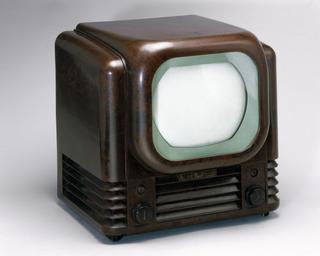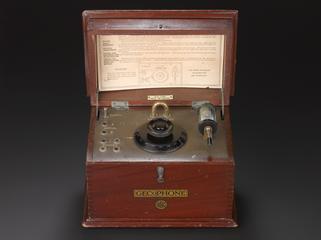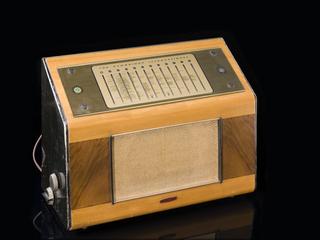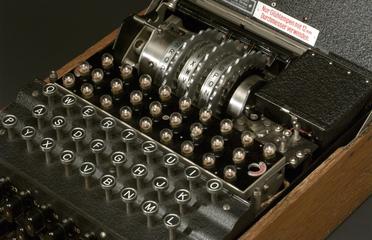
Home made 30-line televisor, 1934
- Made:
- 1934 in Wolverhampton
- maker:
- Robert Alfred Lampitt








Home made 30-line televisor, made by Robert (Bob)Albert Lampitt, Wolverhampton, England, 1934.
Home made 30-line televisor, made by Robert (Bob) Albert Lampitt, Wolverhampton, England, 1934.
When John Logie Baird began experimenting with 30 line television transmissions there were very few people who were able to receive them. This home made televisor was built in 1934 by Robert (Bob) Alfred Lampitt, an 18 year old enthusiast. Lampitt was a member of the Television Construction Circle, and he built the televisor on a tight budget from original home constructed parts rather than from a kit. Lampitt's televisor was one of the few domestic television receivers in Britain at the time.
Details
- Category:
- Radio Communication
- Object Number:
- 1986-1576
- Materials:
- glass, metal (unknown), bakelite and plastic (unidentified)
- Measurements:
-
overall: 275 mm x 440 mm x 310 mm, 3.65kg
- type:
- television receiver
- credit:
- Donated by R. A. Lampitt




